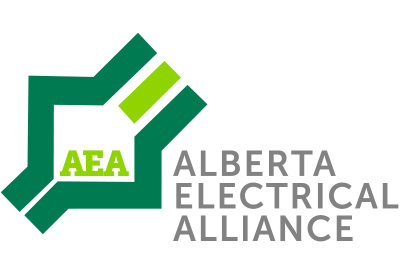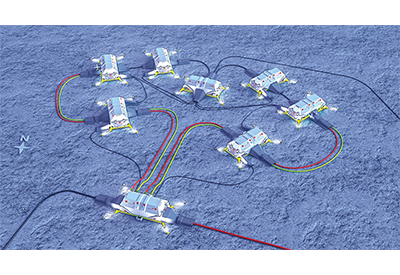ESA Warns of Electrical Hazards Posed by Expected Flooding in Northern Ontario

April 19, 2023
With warm temperatures across the province, the Electrical Safety Authority (ESA) is warning Northern Ontario residents of heightened risk of electrical hazards posed by expected flooding in the area.
“Warmer temperatures could trigger snowmelt flooding,” said Serge Laflamme, general manager, Electrical Safety Authority. “The safety of the public is our top priority. There is an increased risk of electric shock when water makes contact with electrical systems that could result in serious injury or death.”
ESA reminds residents that water-damaged electrical outlets and appliances pose a risk of electrical shock. Following these important steps could save your life, or the lives of first responders and utility workers in your area.
To help safeguard your home from expected flooding:
- Unplug and move electrical appliances and devices out of your home to an area above the expected level of floor water. Do not reuse products if they have been in contact with flood water;
- Prepare the outside of your home by unplugging and storing extension cords indoors above the potential flood line;
- If you need to evacuate your home ahead of flooding, disconnect the power to your home by ensuring that the main switch by your electrical panel is left in the “off” position before you go; and
- Watch out for downed powerlines in flood-affected areas. If you see one, stay back 10 metres and call 9-1-1 and your local electric utility to report it.
If you have water contact or damage to your electrical system, follow these four steps:
- If water in your basement has risen above the electrical outlets, baseboard heaters, furnace or electrical panel, DO NOT enter the basement until the power has been disconnected by the local electric utility.
- If your electrical system has been affected, your utility may not be able to restore power to your property until damage has been assessed and necessary repairs have been made.
- ESA strongly recommends you hire a Licensed Electrical Contractor to evaluate your home’s electrical system to determine if it is safe to have the local electric utility restore power to your home. You can find a Licensed Electrical Contractor at www.esasafe.com.
- The contractor will file for a permit with the ESA so there is a record of the work;
- When the contractor completes the work, the contractor will work with ESA to confirm the installation is in safe working order and that power can be reconnected;
- ESA will inform the utility that it is safe to reconnect; and
- The utility will reconnect when it is able to do so.
- After the work is done, ask the contractor for a copy of the ESA Certificate of Acceptance for your records and insurance.
Portable Generators
Portable generators can provide security and comfort during power outages. However, they can cause electrical shock and fire hazards if connected or used incorrectly.
Follow these tips to use your generator safely:
- Never use a generator indoors. They produce fatal carbon monoxide fumes, so set them up outside away from windows, doors or vents to your house or your neighbour’s house;
- If you’re buying a generator, make sure it has a certification mark from an approved certification agency;
- Don’t attach a portable generator directly to your home’s electricity system. It could cause power to flow back into the power grid and electrocute you or a utility worker, or damage the system; and
- If you want to permanently connect your generator to your home’s system, you need to file a permit with ESA. A Licensed Electrical Contractor must make the connection.
ESA reminds all homeowners and businesses, including restoration companies, to ensure that the power has been disconnected to the entire property, which may include battery storage, solar or backup generators, before entering to avoid shock and electrocution. This includes flooded basements and outbuildings that contain electrical equipment or are connected to the electrical system.
To learn more about the impacts of flooding and electricity, click here.
















